Dhyana Yoga – What Is It And What Are Its Benefits?
Learn everything about the immense power of meditation and how it may transform your life.
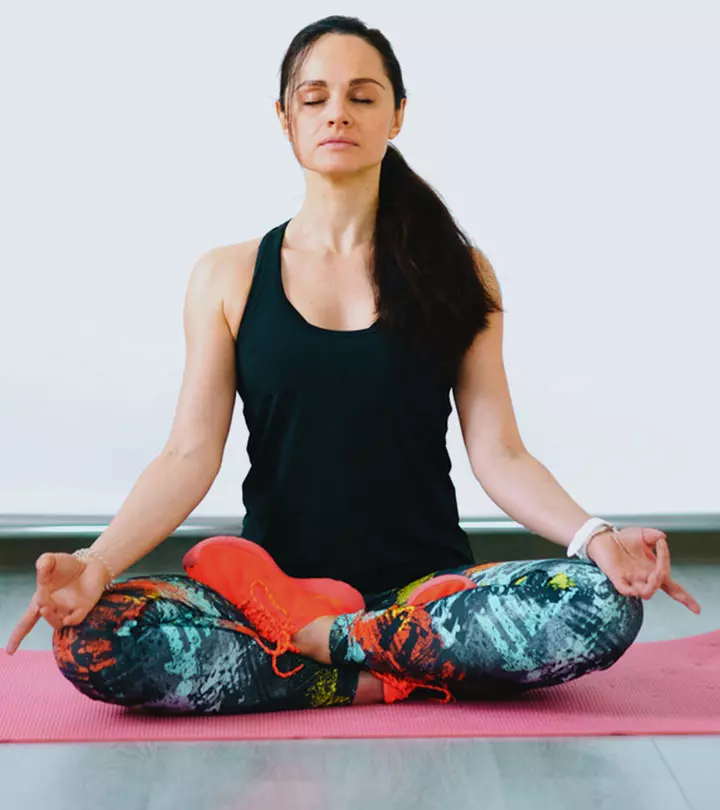
Image: Shutterstock
“An unsteady mind can bring a lot of problems. Fortunately, the ancient science of yoga has a solution – dhyana yoga, a peaceful and soothing method for taming your mind’s gloomy thoughts.
Dhyana Yoga, also known as meditation yoga, is an important aspect of the Ashtanga (eight limbs) Yoga system, representing the seventh out of Patanjali’s eight limbs of Yoga. It focuses on the role of meditation in reaching a higher level of awareness.
There are several techniques to protect your brain and improve its performance.
However, dhyana yoga is the most effective, allowing you to focus and concentrate more effectively. It is difficult to decipher the ways of dhyana yoga.
As a result, we decided to assist you and interviewed yoga specialists to create the ideal dhyana yoga guide.
Below is a link to the guide. Continue reading to know more.
In This Article
What is Dhyana Yoga?
I am sure you have heard the term Dhyana before. A common term used in many Asian countries, it is derived from a Sanskrit word ‘Dhyai’ which means ‘to think.’
Dhyana yoga is referred in the Bhagavad Gita as the yoga of meditation. It trains you to keep your mind off the unnecessary things and concentrate on what you need to do.
Dhyana yoga enables you to find the truth. It helps you separate illusion from reality and see things for what they are. Deep concentration leads to self-knowledge which provides the answers you need.
In the highest level of Dhyana, the mind is aware without focus. There are minimal or no thoughts that occur to bother the mind.
Staying still with nothing to concentrate on is not an easy task and takes time. You need to build the strength and stamina for it through asana, pranayama, and dharana.
Let’s check some asanas that are practiced commonly to train for Dhyana yoga.
Key Takeaways
- Dhyana Yoga helps you focus on what you need to do and keep other thoughts away.
- This yoga helps with managing stress, improves mental health, and improves overall well-being.
- Padmasana and bhujangasana are a few Dhyana yoga asanas you can practice daily to develop good posture and elevate your mood.
- Kapalbhati and bhastrika pranayama helps control your breath and improve your memory.
Calming Dhyana Yoga Poses
- Padmasana (Lotus Pose)
- Bhujangasana (Cobra Pose)
- Paschimottanasana (Seated Forward Bend)
1. Padmasana (Lotus Pose)
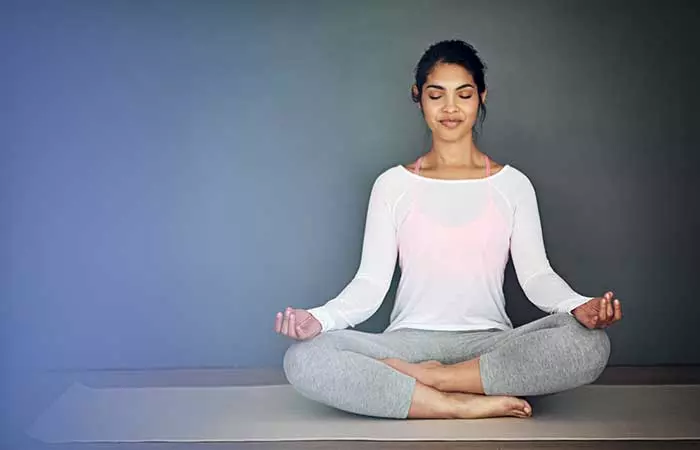
About The Pose- Padmasana or the Lotus Pose is a meditative pose that reflects the spiritual connotation that the lotus symbolises in various cultures and brings enlightenment. Padmasana is an intermediate Hatha yoga asana. Practice it in the morning on an empty stomach and sit in the pose for 1 to 5 minutes. If you lack the flexibility to fully step into this posture, placing a block or pillow underneath your sit bones can assist make this pose more manageable.
 Trivia
TriviaBenefits- Padmasana restores the energy levels of your body. It calms your brain and increases awareness and attentiveness. The pose keeps the spine straight and helps develop a good posture.
2. Bhujangasana (Cobra Pose)
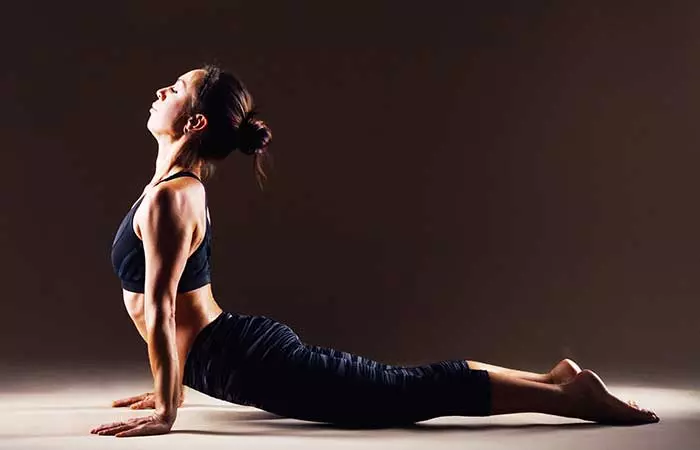
About The Pose- Bhujangasana or the Cobra Pose is an asana that resembles the raised hood of a snake. It is an energizing backbend. Bhujangasana is a beginner level Ashtanga yoga asana. Practice it in the morning on an empty stomach and hold the pose for 15 to 30 seconds.
Benefits– Bhujangasana invigorates your heart and elevates your mood. It relieves stress and fatigue. The pose helps in increasing the circulation of blood and oxygen throughout the body.
3. Paschimottanasana (Seated Forward Bend)
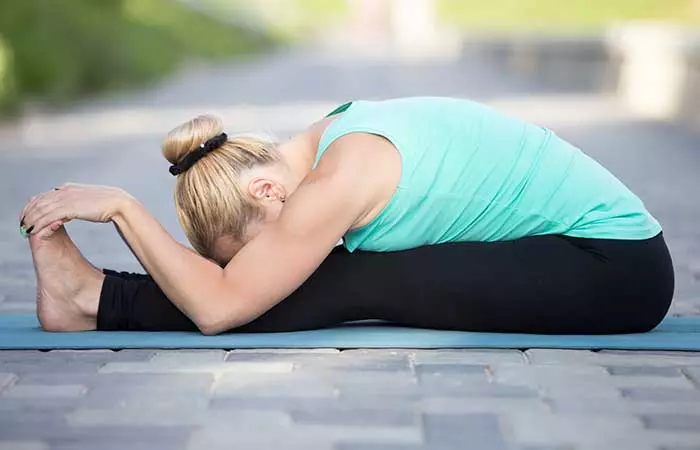
About The Pose– Paschimottanasana or the Seated Forward Bend is an asana that is a forward bend and gives a good stretch to the entire body. It is a beginner level Hatha yoga asana. Practice it in the morning on an empty stomach and hold the pose for 30 to 60 seconds.
Benefits- Paschimottanasana removes anxiety, anger, and irritability. It relieves stress and calms your mind. The pose regulates blood pressure and improves blood circulation.
 Trivia
TriviaTo know more about the pose and its procedure, click here- Paschimottanasana.
The next step is Pranayama, the yogic practice of controlling your breath.
Pranayama Techniques
- Bhastrika Pranayama (Bellows Breath)
- Kapalbhati Pranayama (Skull Shining Breath)
- Bhastrika Pranayama (Bellows Breath)
1. Bhastrika Pranayama (Bellows Breath)

Bhastrika Pranayama or the Bellows Breath is a powerful yoga breathing exercise. It is a cleansing kriya that clears your nadis, nostrils, and sinuses and prepares you for deep breathing. It is also perfect for energizing your body.
How To Practice Bhastrika Pranayama
Sit in the Lotus Position with your back straight. Take a deep breath through your nose, filling your lungs with air. Then, breathe out in the same manner. Do this a few times to settle your head.
After that, begin to exhale quick breaths through your nose forcefully. Follow it up by inhaling in the same manner.
Your breath should come from your diaphragm, and your belly must move in and out as you breathe. The rest of your body should be still.
Do a round of bellow breathing, following it up with natural breathing, and then go for the next round. As you breathe naturally, observe the sensations in your body and mind. Do at least 3 rounds of Bhastrika and end the session.
Benefits Of Bhastrika Pranayama
Bhastrika Pranayama strengthens your lungs. It calms your mind and purifies your breath.
The breathing exercise brings tranquility and peace to your mind.
2. Kapalbhati Pranayama (Skull Shining Breath)
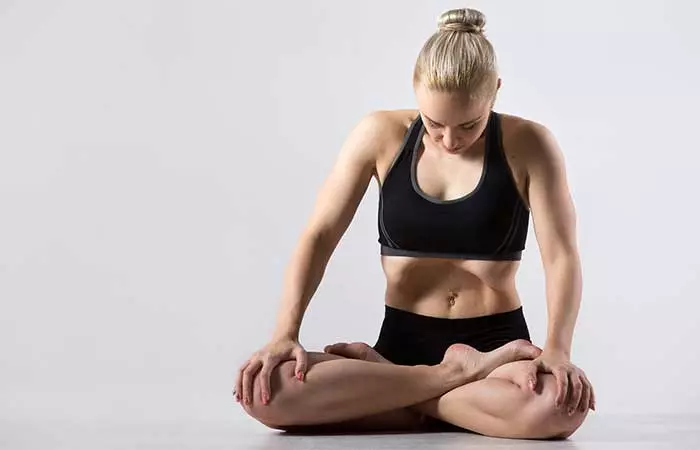
Kapalbhati Pranayama or the Skull Shining Breath is a breathing technique that will give you a shining head and a bright intellect with regular practice. It is a ‘shat’ kriya that flushes out toxic air from your body. The word ‘Kapalbhati’ means shining head. ‘Kapal’ means forehead and ‘Bhati’ means shining.
How To Practice Kapalbhati Pranayama
Sit in Sukhasana and place your palms on your knees. Focus on your belly region.
Inhale deeply through your nose, filling your lungs with air.
Breathe in calmly and consciously. Pull your stomach in towards your spine. Place your hand on the stomach and feel the muscles contracting.
As you relax from the contraction, exhale in a short and quick burst. There will be a hissing sound while you do so. There is automatic inhalation following that.
Practice one round of Kapalbhati that consists of inhaling and exhaling 20 times. After one round, close your eyes in Sukhasana and observe your body. Kapalbhati is best practiced during more awakened hours as this pranayam can stimulate the adrenals similarly to a small dose of caffeine.
Benefits Of Kapalbhati Pranayama
Kapalbhati calms your brain and rejuvenates your body. The breathing technique improves your memory and concentration power.
To know more about the breathing technique, click here- Kapalbhati Pranayama.
The next step is Dharana or single-pointed concentration.
The Method Of Dharana
Dharana is training the mind to concentrate on a single energy center by either focusing on a single object, sensation or mantra. Whenever you mind wavers, you bring it back to the object, sensation or mantra.
For example, when you hold prayer beads, with each bead you touch, you bring the concentration back to the present moment.
Our mind is abuzz with many thoughts and ideas. To be able to control them and not let them affect your focus is a challenge you should take up through Dharana.
How To Do Dhyana Yoga?
Once your body has been made receptive with asanas, the mind refined with pranayama and your entire being trained to focus repeatedly by dharana, you slowly slip into dhyana or the state of being aware of the existence.
The awareness in dhyana is like a river which flows without a pause. As you focus your mind on returning to the present moment, again and again, it eventually stays in the present without any pause which is when you experience Dhyana or pure and complete awareness in the present.
Dhyana yoga can help calm your mind and restore your energy levels. But how is it different from Bhakti yoga? Find out in the next section.
Dhyana Yoga Vs. Bhakti Yoga
Dhyana yoga and Bhakti yoga are two distinct practices in yoga. Dhyana yoga focuses on meditation and self-realization, emphasizing inner contemplation and control of one’s thoughts and mind. Practitioners of Dhyana yoga seek to connect with their inner selves, attain self-awareness, and bond with the divine.
Bhakti yoga is centered on devotion and love for a personal deity or the divine. It involves surrendering one’s ego to the chosen deity, cultivating deep love and devotion and serving others as a manifestation of that love. You can incorporate one or both yoga practices into your routine to help improve your health and emotional well-being.
Now, let’s answer some common queries on Dhyana yoga.
Infographic: 4 Dhyana Yoga & Pranayama Techniques You Should Know About
Dhyana yoga is also known as meditation yoga. It helps in relaxing your mind and improving your concentration. You need practice it consistently to experience tangible results. Check out the infographic below for the top dhyana poses and techniques you can include in your daily routine for some calm and relaxation.
Some thing wrong with infographic shortcode. please verify shortcode syntaxDhyana yoga is the most effective kind of yoga for improving your ability to focus and concentrate. Beyond focus, there are numerous other benefits of yoga that help you discover the truth, distinguish between illusion and reality, and see things for what they truly are. This spiritual practice of contemplation and introspection with utmost attention leads to self-awareness, which leads to the answers you are looking for. Try the asanas mentioned above in the article and reap the wonderful benefits of enhanced focus and concentration.
Frequently Asked Questions
How often do I practice Dhyana yoga?
Dhyana yoga is a continuous process. You need to practice the Dhyana yoga poses, pranayama, and single-pointed concentration on a regular basis to be able to reach and stay in the Dhyana state.
Where can I learn Dhyana yoga?
Many certified yoga institutes across the world train you in the process, but eventually, it all comes down to you to strive and reach a better state of being through dhyana yoga.
There is nothing like staying in the present moment and being completely aware of it. Many of our problems arise because we get bothered and bogged down by our past or over thinking about what might happen in the future. Dhyana yoga is a path that will help you shun the past and enjoy the present. Go ahead and take up this process because it will help better your life.
How does Dhyana yoga differ from other forms of yoga, such as Hatha or Kundalini yoga?
Dhyana yoga focuses on meditation as opposed to Hatha and Kundalini yoga, which are more focused on energetic practices and physical postures, respectively. Dhyana largely emphasizes inner awareness and mindfulness.
What are some common misconceptions about Dhyana yoga?
Many people are under the impression that Dhyana yoga is solely about passively sitting still and is not a physical exercise. Dhyana, however, is an additional practice to other types of yoga and entails developing focus and mental clarity.
What are the physical and mental benefits of practicing Dhyana yoga?
It reduces stress and anxiety, improves focus, brings awareness and inner peace, and boosts mental discipline and physical well-being.
Can Dhyana yoga be practiced by people of all ages and physical abilities?
Yes, as Dhyana yoga is a mental exercise that doesn’t need physical movement. However, if a person has a mental or physical health issues, consult with a doctor before starting a new routine.
Some thing wrong with illustration image shortcode. please verify shortcode syntax
Experience the power of Dhyana Yoga with this English recitation of the Bhagavad Gita, Chapter 6. Relax and be inspired by the ancient wisdom of this timeless scripture.
Read full bio of Lumalia Emmy Armstrong
Read full bio of Shirin Mehdi
Read full bio of Ravi Teja Tadimalla
Read full bio of Himanshi Mahajan






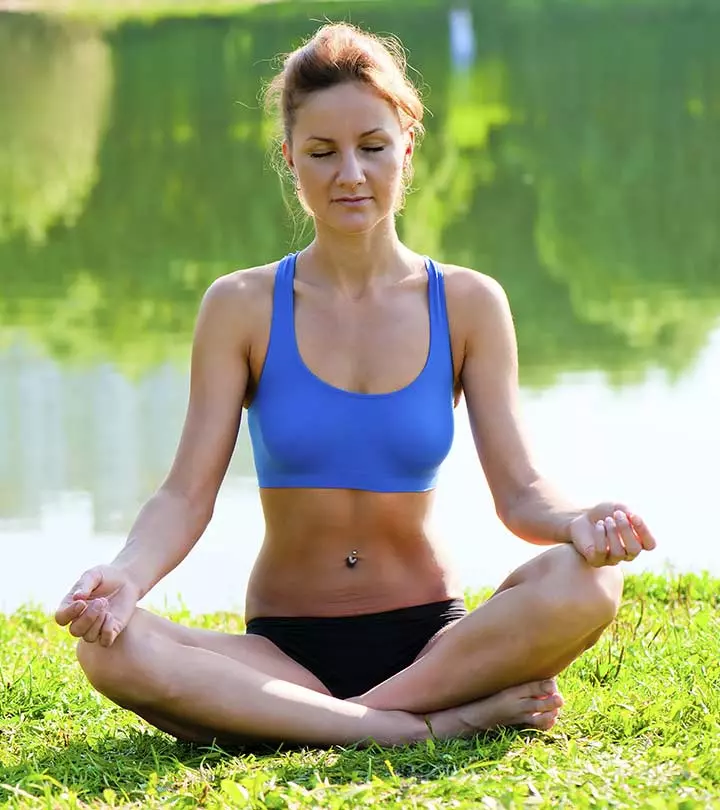
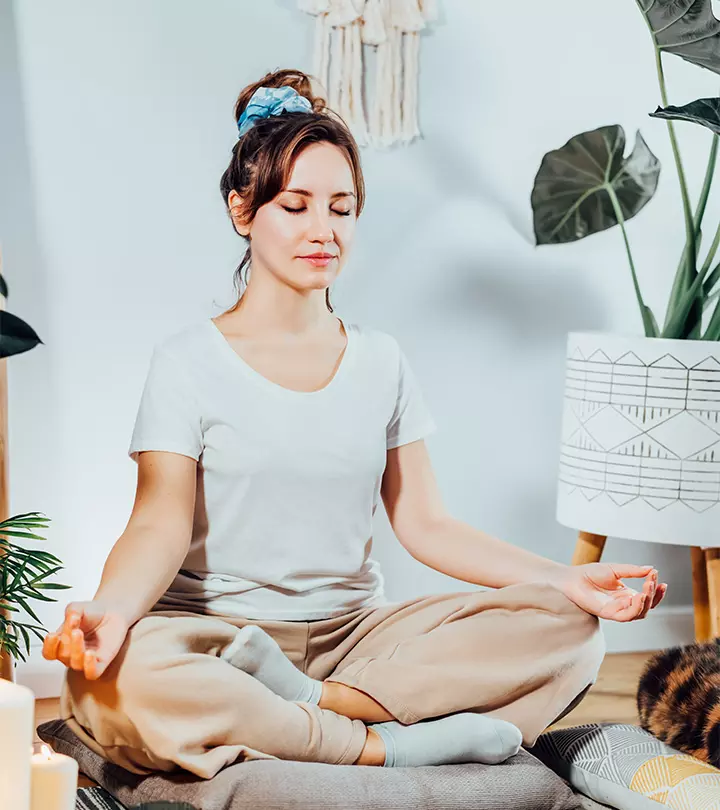
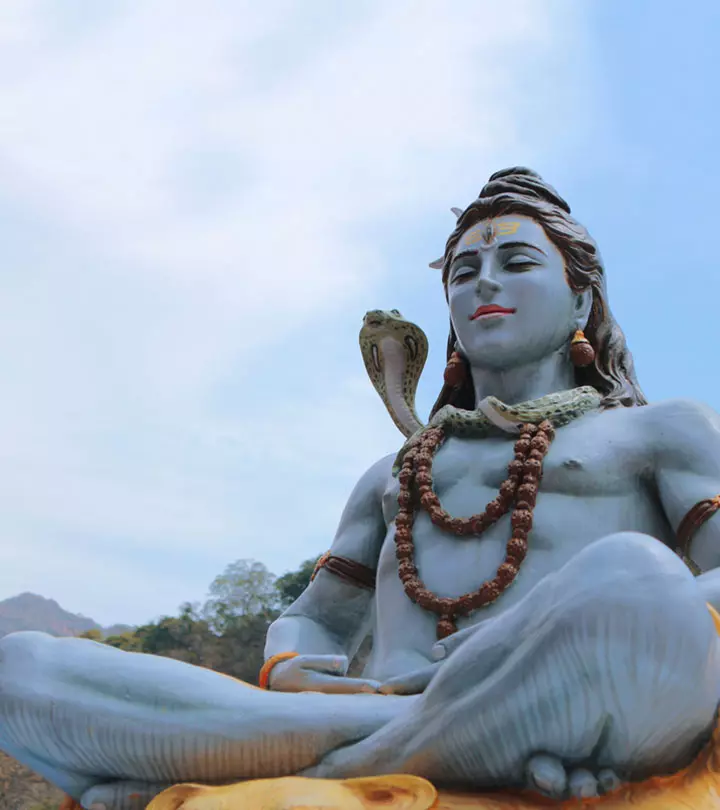
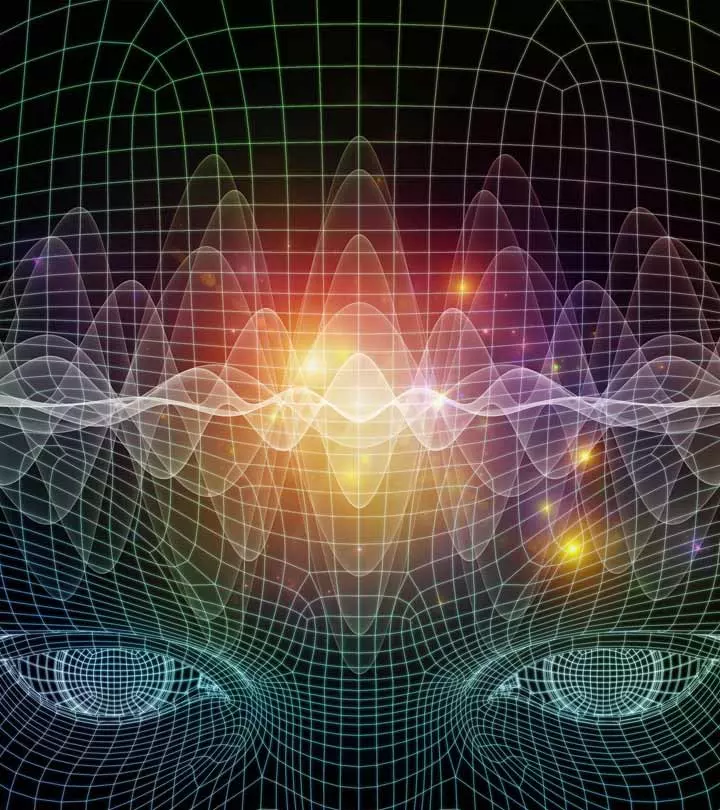
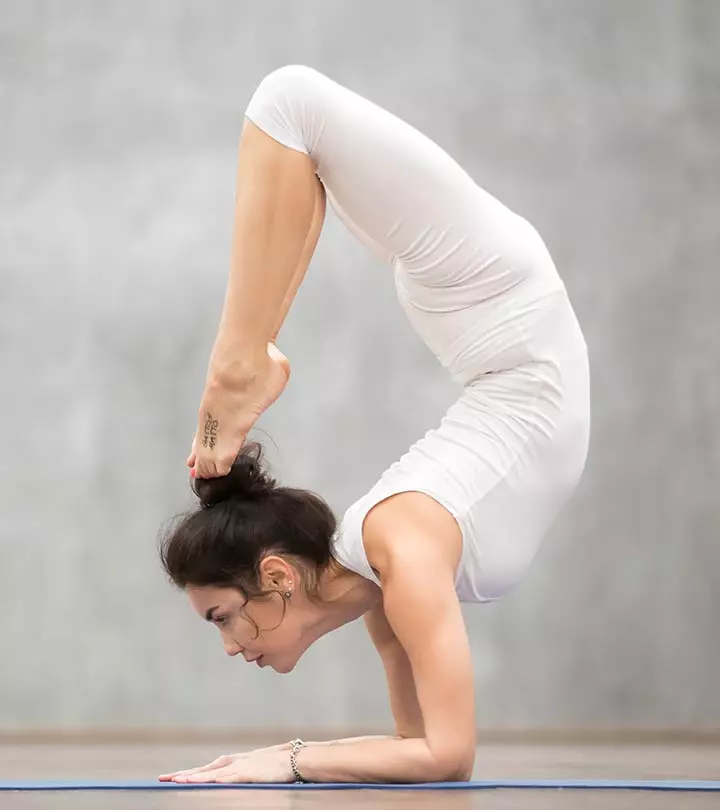
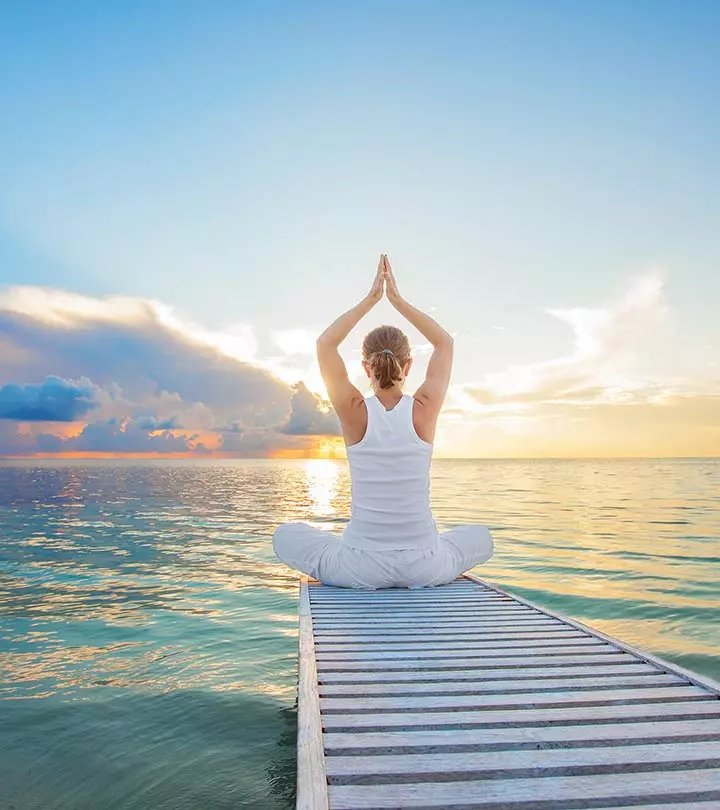
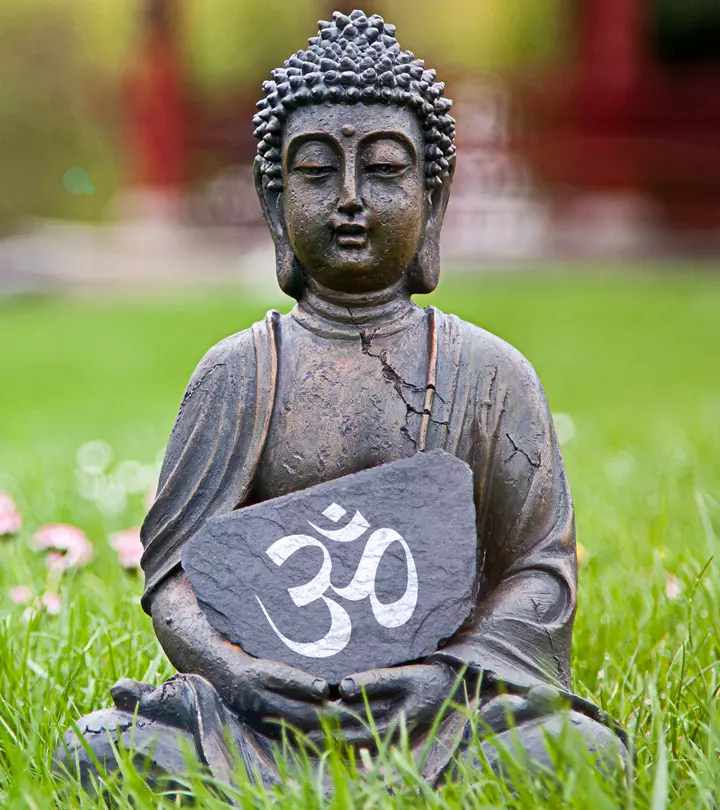
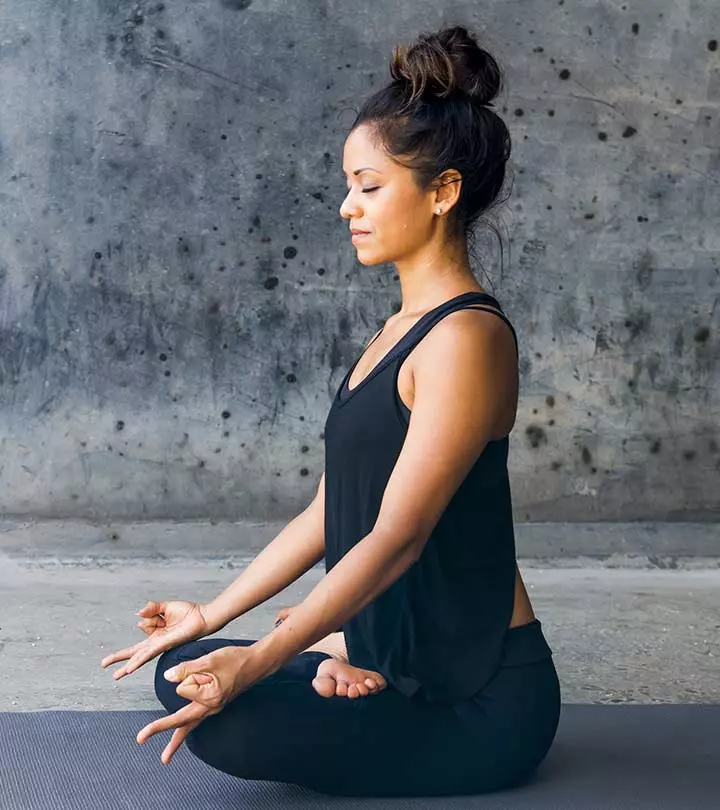
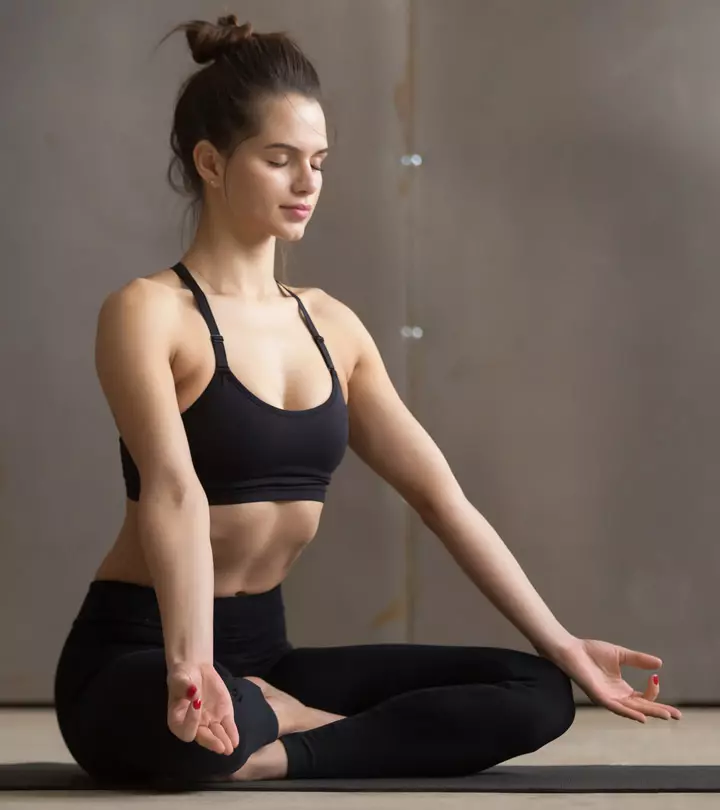
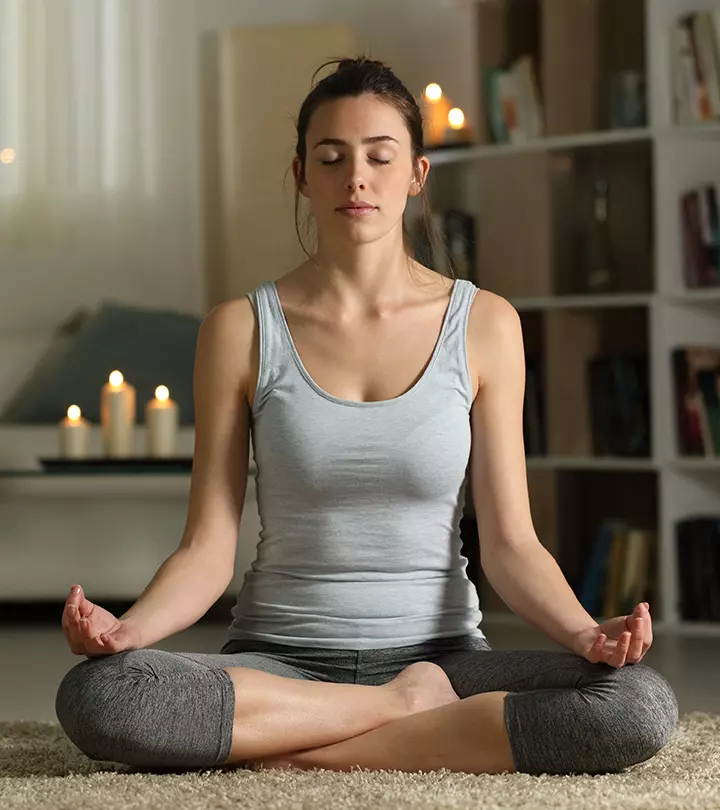
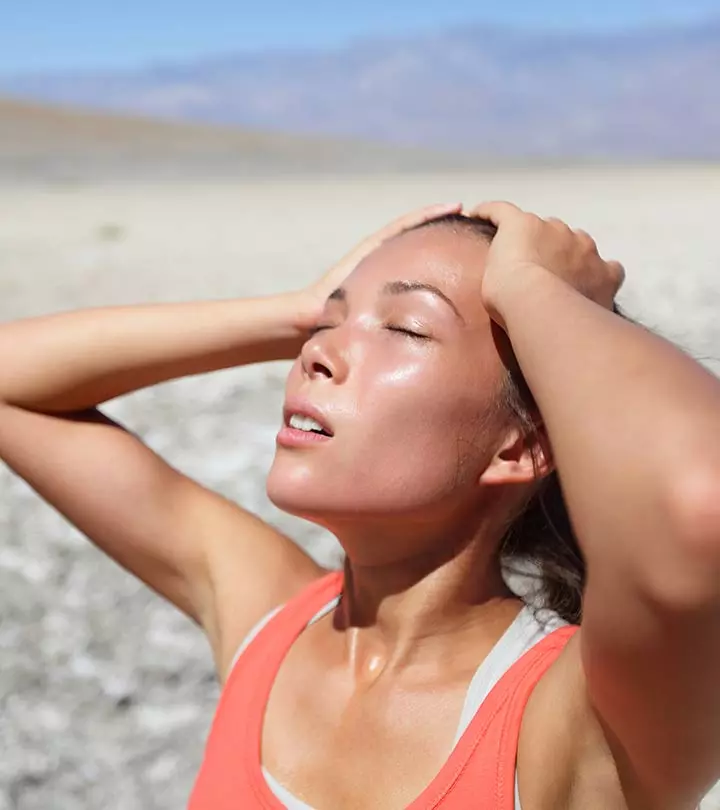
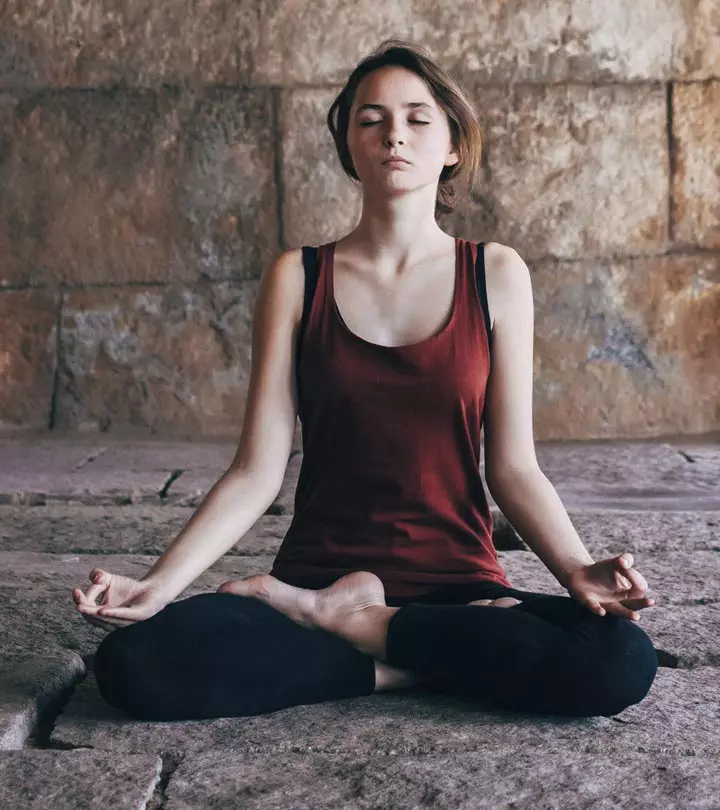
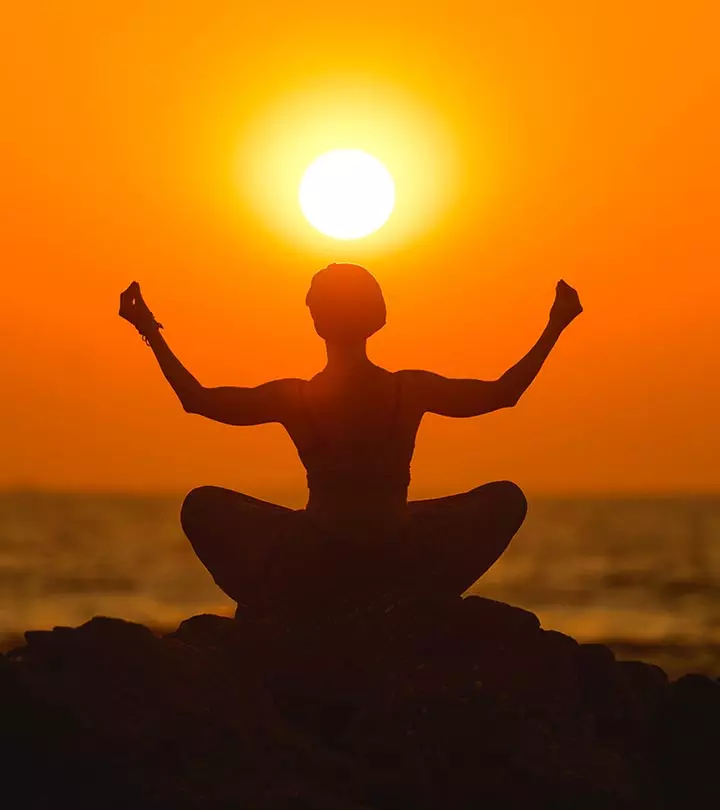
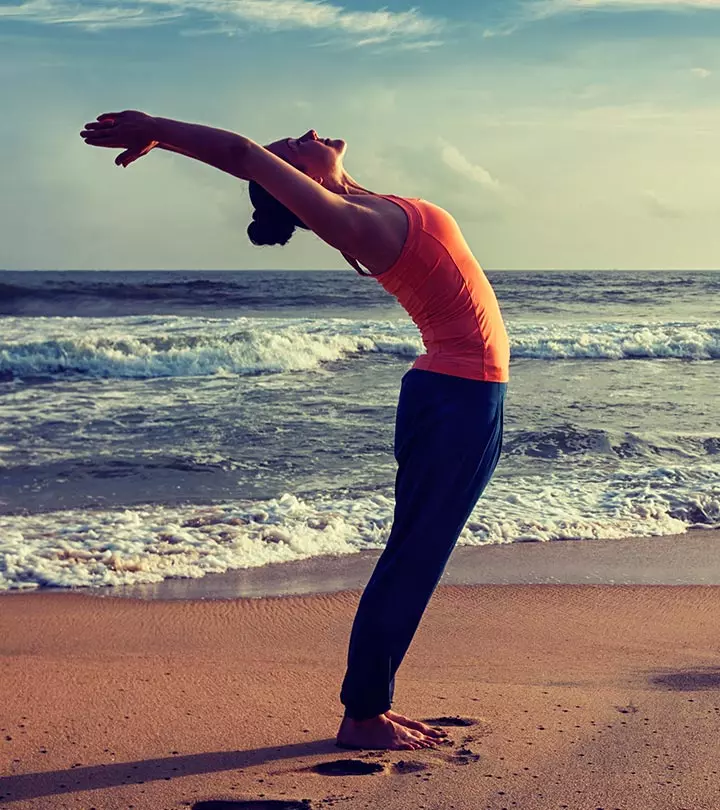
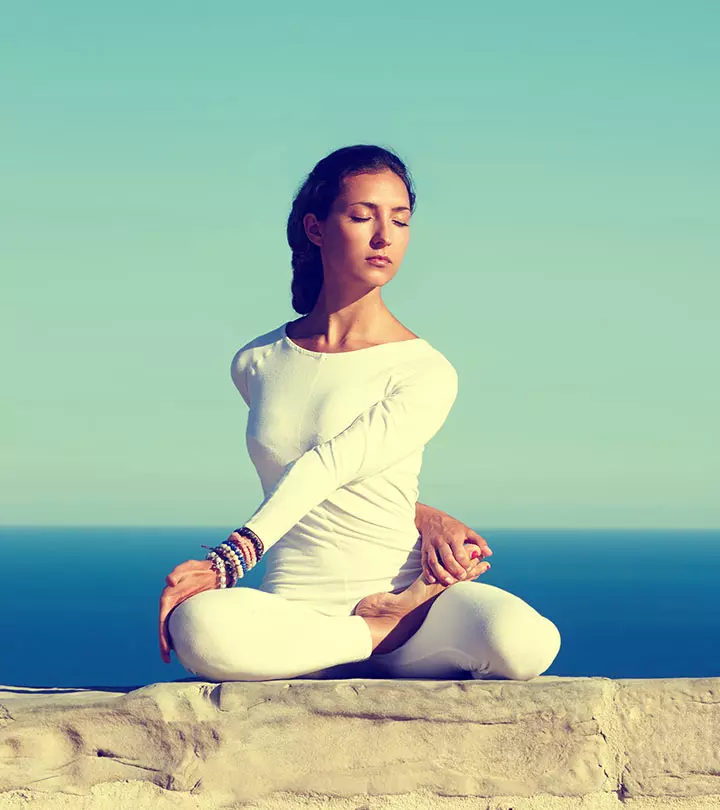


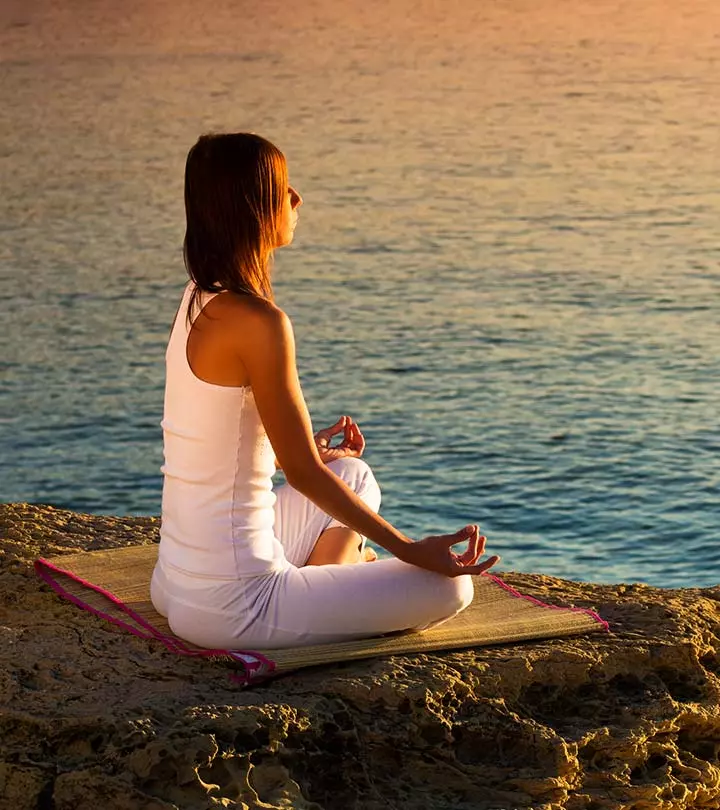
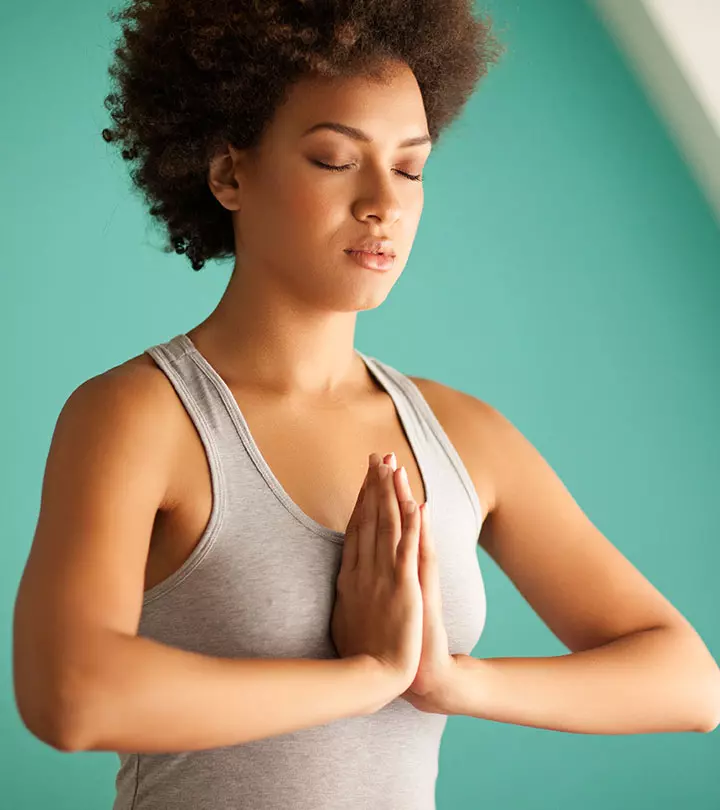
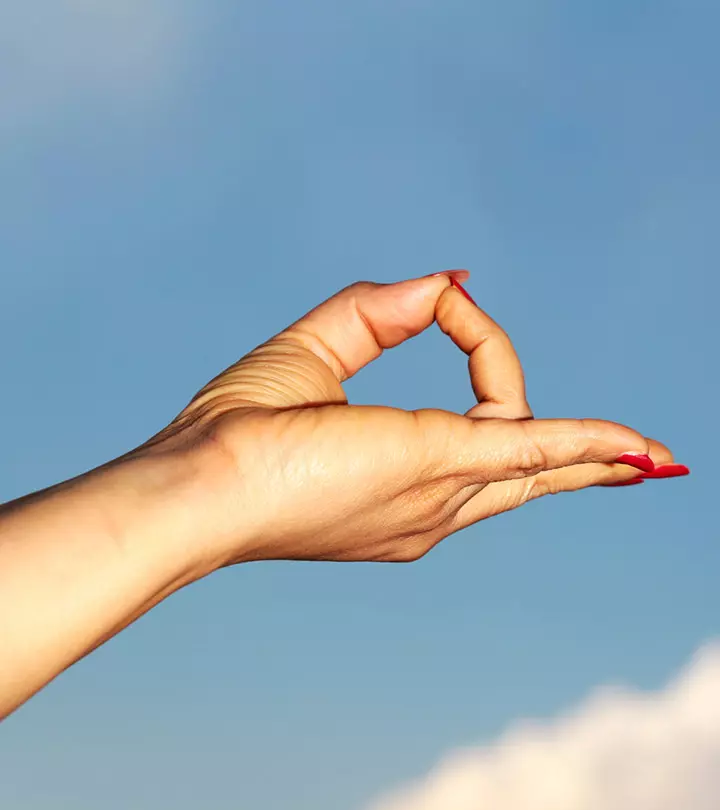
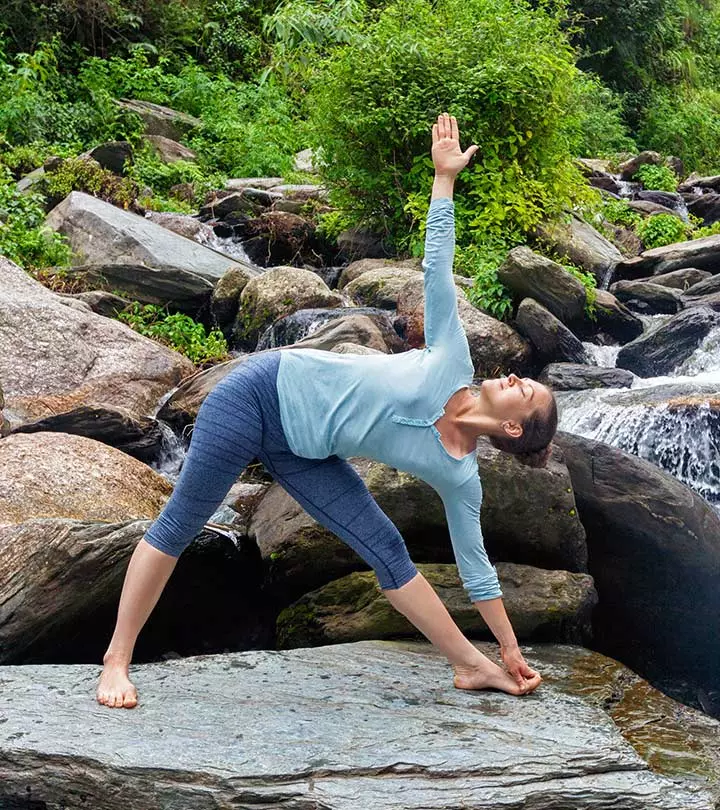
Community Experiences
Join the conversation and become a part of our empowering community! Share your stories, experiences, and insights to connect with other beauty, lifestyle, and health enthusiasts.